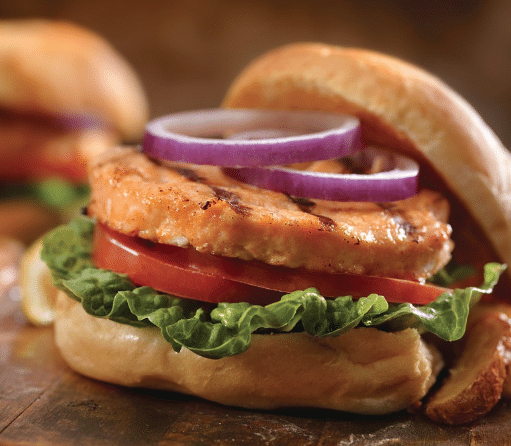Hidden Salt
The Food and Drug Administration recommends that most Americans can safely consume about 2,000 milligrams of sodium each day. People at risk for heart disease should limit their intake to around 1,500 mg. However, the average American consumes about 3,400 mg of sodium per day. Most of this excess salt consumption is not coming from the salt shaker. It’s coming from ready prepared packed foods. Cereal boxes, frozen dinners, canned soups, fast food and restaurant foods are often culprits for extra sodium.
The most common location for hidden sodium is packed sweets. Sweet blended coffee drinks and doughnuts are some of the most surprisingly sodium dense foods that don’t even taste salty. The best way to keep your sodium intake in check is to enjoy lots of plant based whole foods. Potassium, which is another essential nutrient, can balance sodium consumption by helping to lower blood pressure. Potassium is naturally found in fruits and vegetables like sweet potatoes, prunes, oranges, tomatoes and bananas. The best way to avoid hidden sodium is to embrace cooking with the vegetables and natural proteins that you love.
Related Blogs
-

Dash to Strack & Van Til to support Girls on the Run…
What’s one of the best things to help shape a young girl’s confidence? Being physically active, recognizing their inner strength…
-

Grand re-opening in Lowell gives Strack & Van Til customers brightest, freshest…
What’s one of the ways to identify when a business is committed to the communities it serves? When it invests…
-

Food is Medicine: Vitamin D3 from Food Sources
Vitamin D3 is well recognized for its role in maintaining a healthy immune system, but the benefits of the “Sunshine…





